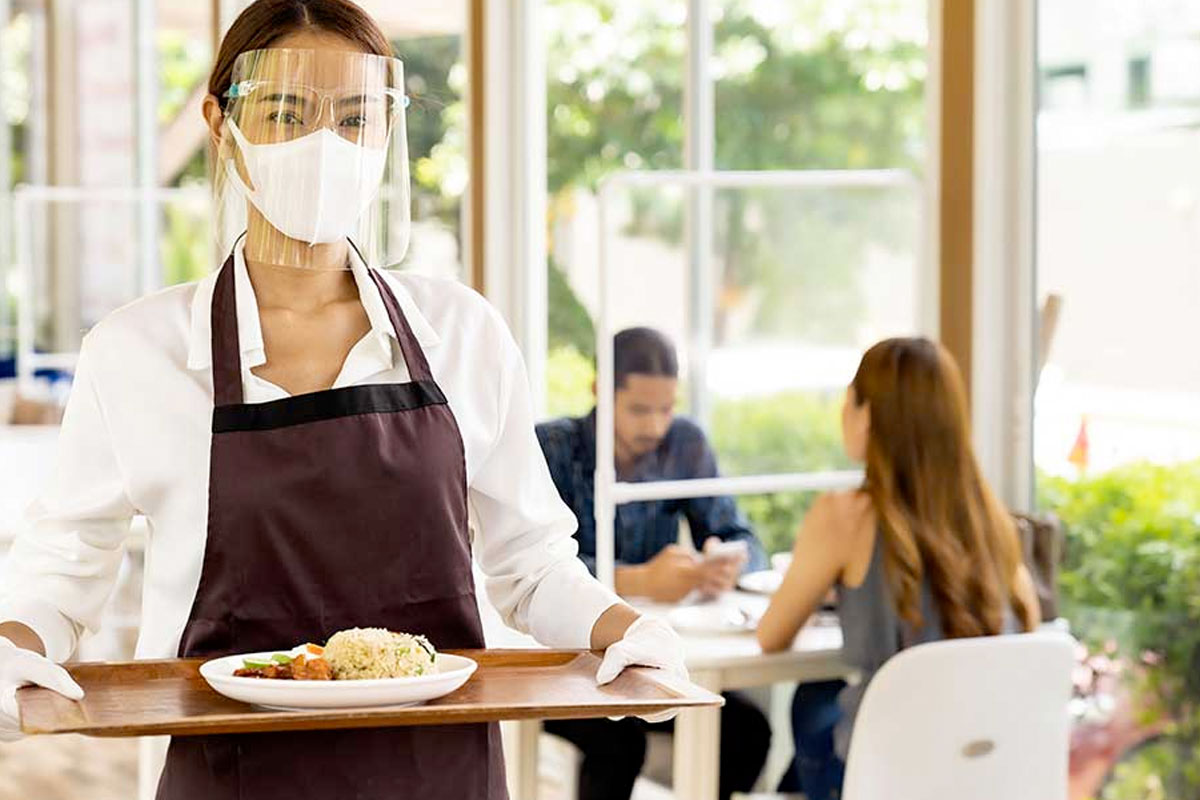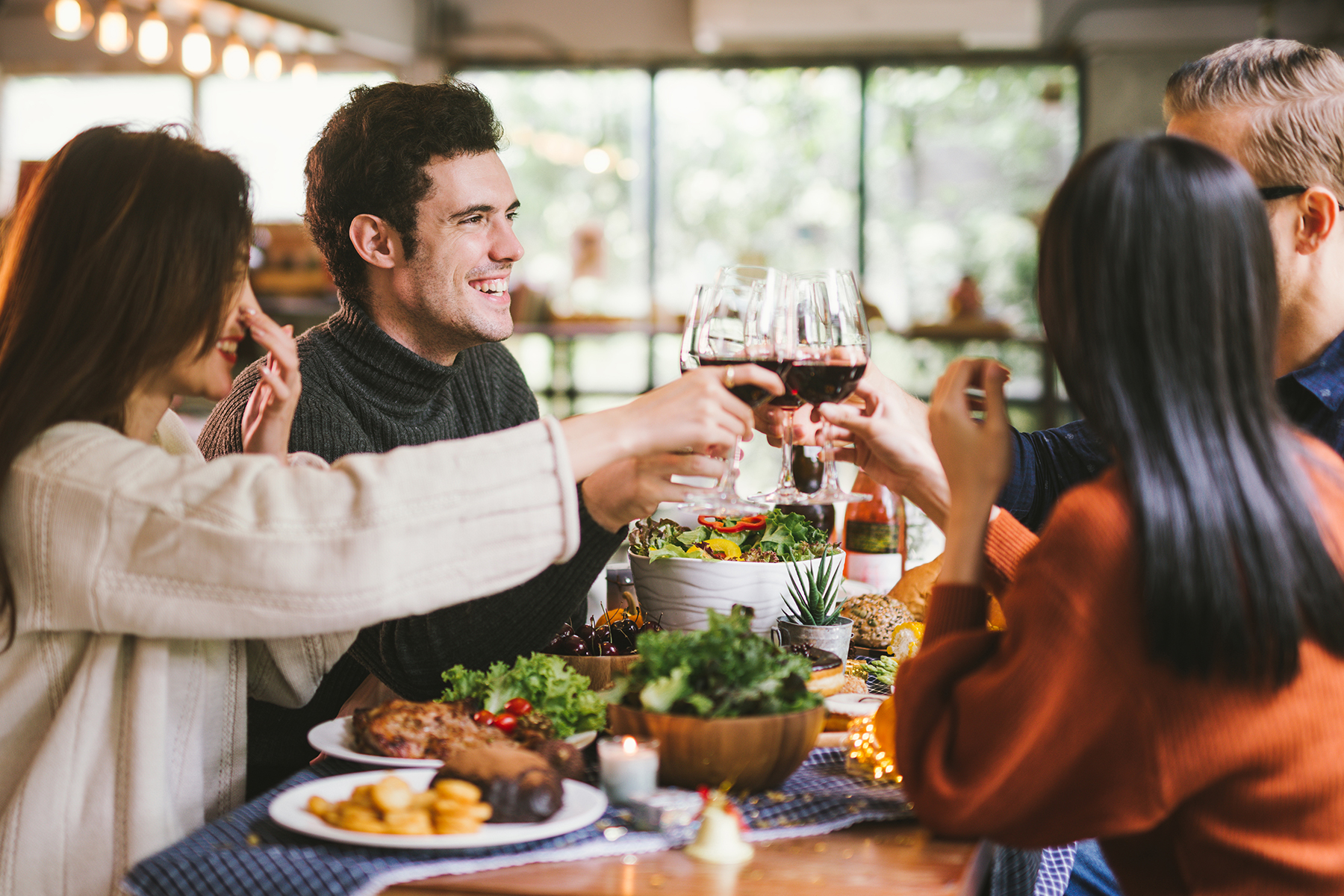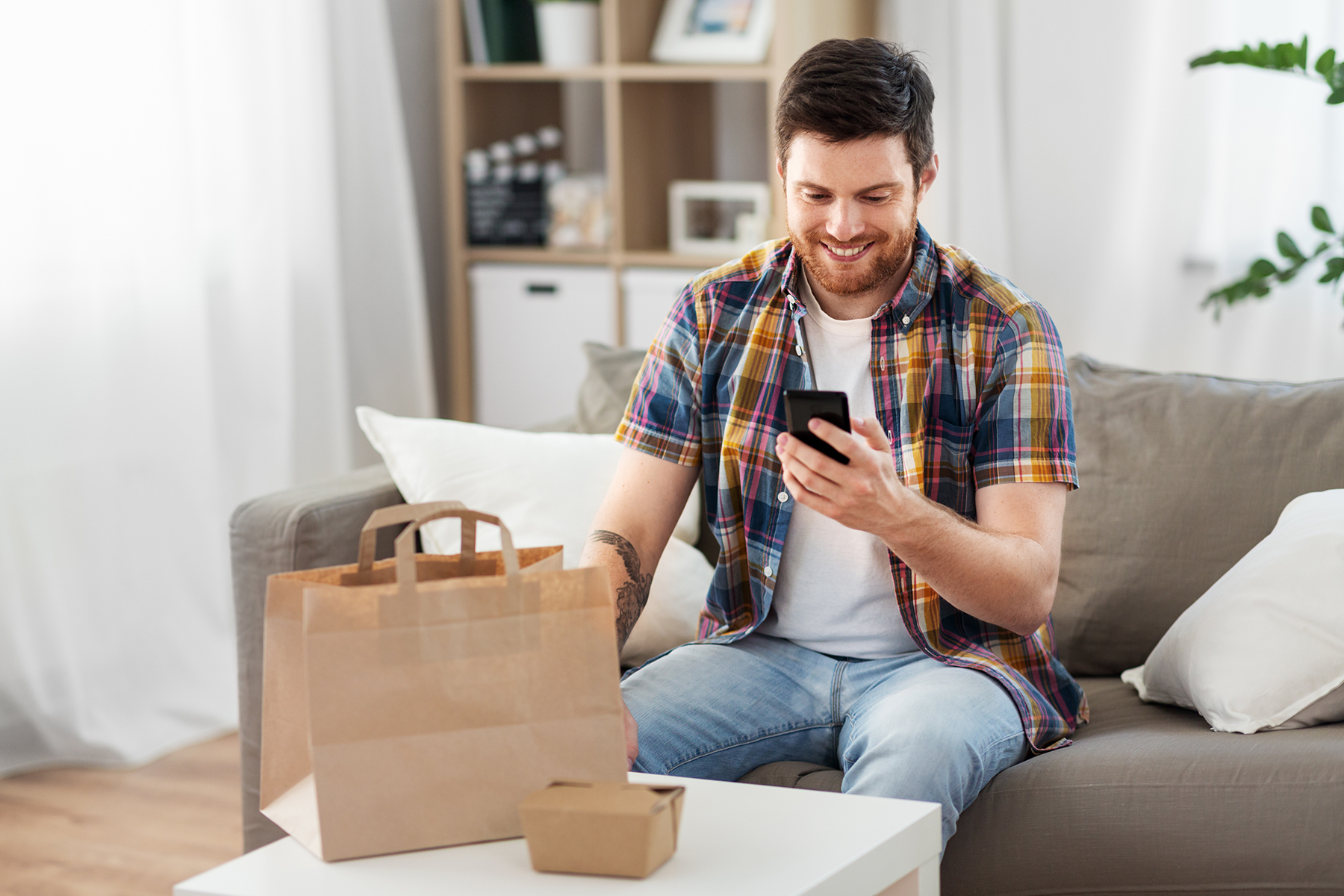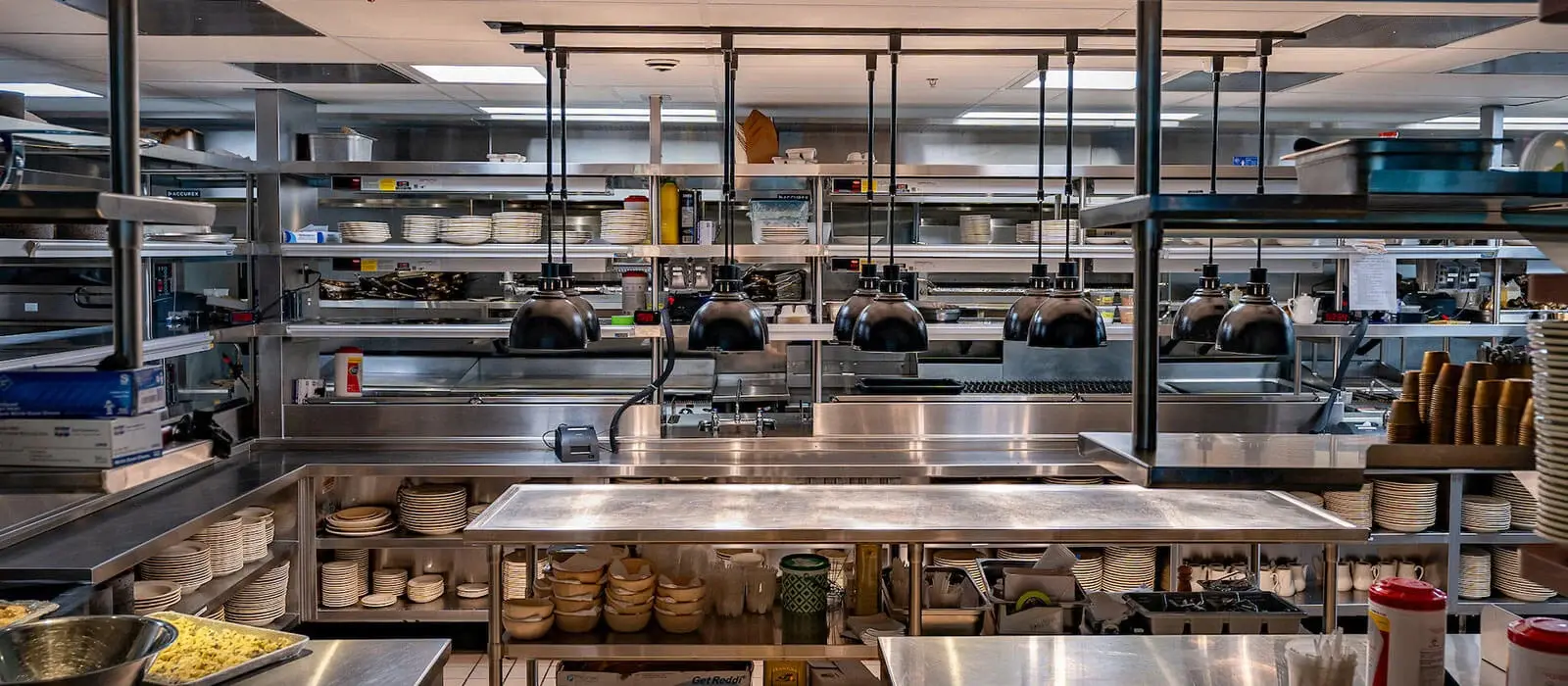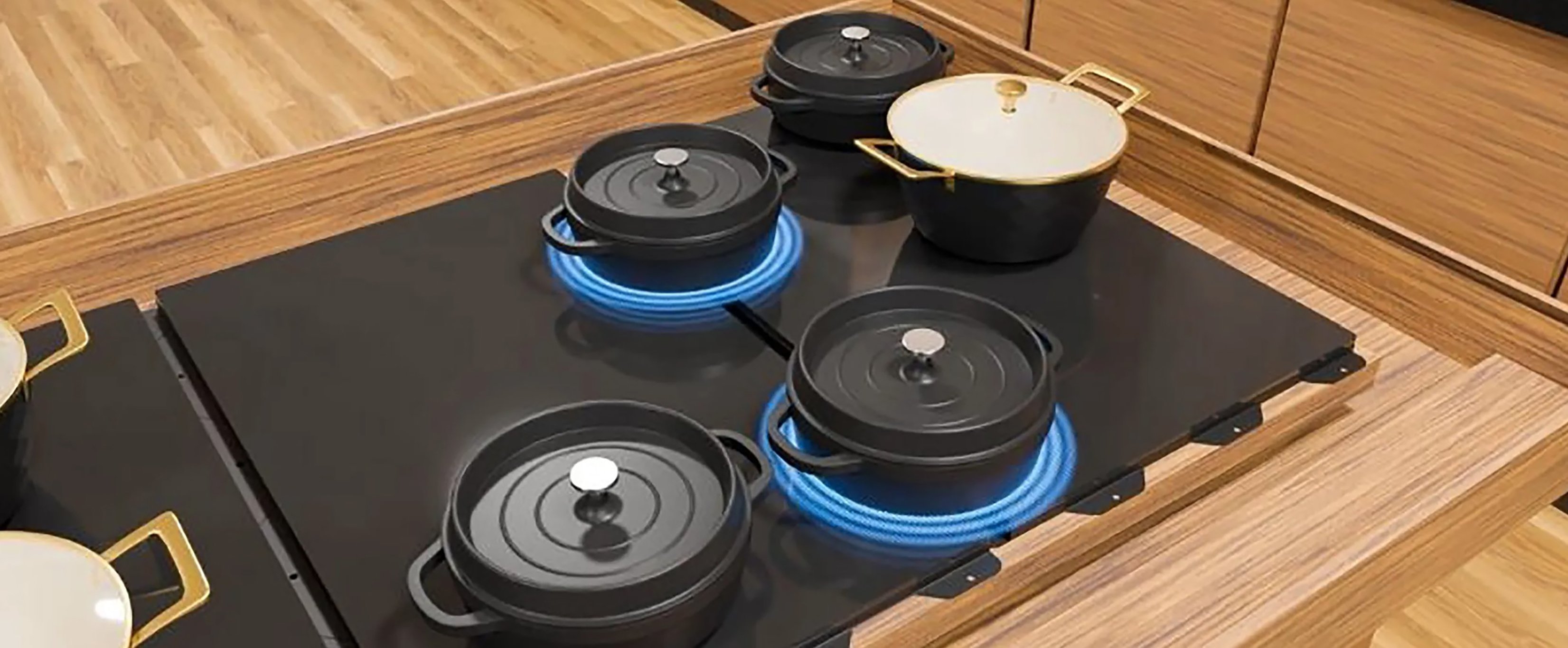When it was announced that New York eateries could fill their dining areas to 25% capacity, the mission for the restaurant industry became clear: Ensure customers feel as comfortable as possible eating indoors after quarantine guidelines kept everyone relegated to the outdoors during the summer months.
After more than seven months of pandemic mandates, bringing customers back into restaurants is more complicated than slapping a “Welcome Back!” sign on the front door. Restaurants must actively make changes to dining room setups so it’s obvious that cleanliness and safety are top priorities.
This extends from food handling and customer safety, to service interactions, touchpoints, and more. Let’s take a look at some of the ways restaurants can help customers feel comfortable dining indoors.
Physical Changes & Safety Protocols
It all begins with customers walking through the door. To get patrons to that pivotal moment, restaurants must convey that they understand the safety guidelines and take it very seriously. You and your staff are likely already quite skilled at keeping the kitchen and dining area clean, but these days it’s worthwhile to go the extra mile. Cleaning resources like the Germbuster are an efficient and, let’s be honest, super cool way to make dining in a restaurant out safe and sanitary.
The Germbuster is a cordless handheld sprayer that kills 99.9% of bacteria, viruses, and mold on surfaces and in the air. Check out the Germbuster in action here!
Another layer of dining-in comfort comes with physical changes to the dining space itself. Customers want to see that the staff is wearing facemasks and that dining tables are properly socially distanced, at least 6 feet apart. And where 6-foot separation isn’t possible, restaurants should consider using 5-foot tall plexiglass barriers to shore up safety. Contact a Sam Tell sales rep to discuss plexiglass dividers and other supplies for a safe indoor dining experience.
In a more general sense, customers want to see that restaurants are adhering to an array of guidelines put in place by governing bodies. In NYC, for example, restaurants are required to check the temperature of staff and diners constantly, using a contactless infrared forehead thermometer. Also, one person from each dining party must fill out a contact tracing form.
Click here for the full list of indoor dining safety guidelines in New York City.
Advancements In Restaurant Technology
Some restaurants might go the route of outfitting their dining spaces with upscale technology meant to keep customers safe. One such upgrade comes in the form of new HVAC units, with modern HVACs filtering air at a much higher rate than outdated models—and as this study shows, a quick air exchange is key to preventing the spread of viruses.
Another potential upgrade for restaurants involves the use of ultraviolet (UV) light in air filtration systems. This solution actually filters air with UV lights, which can inactivate up to 99% of viruses and bacteria. This system, while reliable, requires the air to be sucked into the HVAC system in order to be sanitized.
A more proactive approach is taking place at Le Bernardin, an upscale NYC eatery and three-Michelin-starred restaurant. They installed a Needlepoint Bi-Polar Ionization system that the restaurant says eradicates “99.4% of airborne COVID-19 particles within 30 minutes.” This system releases charged particles into the air, which deactivate dust and viruses upon contact—it sounds more science fiction than sit-down dinner, but it’s real!
Then there’s the more down-to-earth technologies that focus on limiting contact between staff and guests. There’s contactless payment and deliveries, of course, but also digital, online-only menus that serve to reduce the amount of shared items in a restaurant. Contactless condiment dispensers are also launching in some spots, providing an additional layer of protection along with ketchup and mustard.
Restaurants Can and Will Adapt
Restaurant owners, chefs, and waitstaff are a hearty, resilient bunch. Afterall, this is the foodservice industry, with an emphasis on the service. The pandemic has thrown challenges, obstacles, and constantly changing protocols at restaurateurs nearly every step of the way, but everyone has adapted and will continue to adapt, exceeding expectations and retaining the trust among people looking for a night out and a comforting meal.
